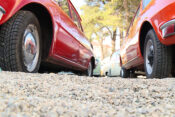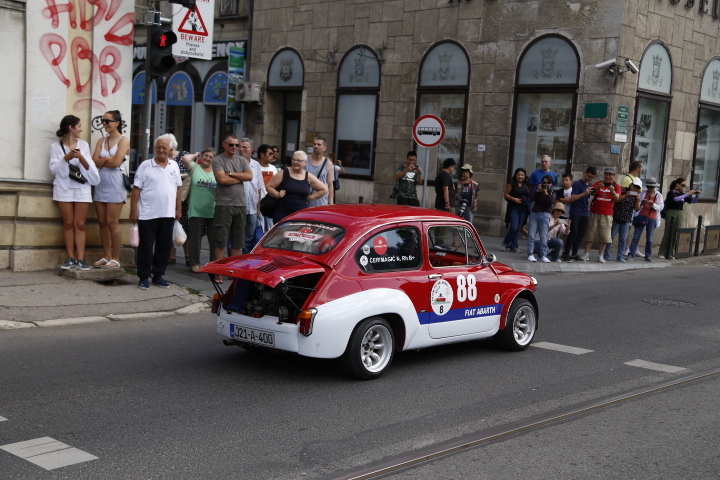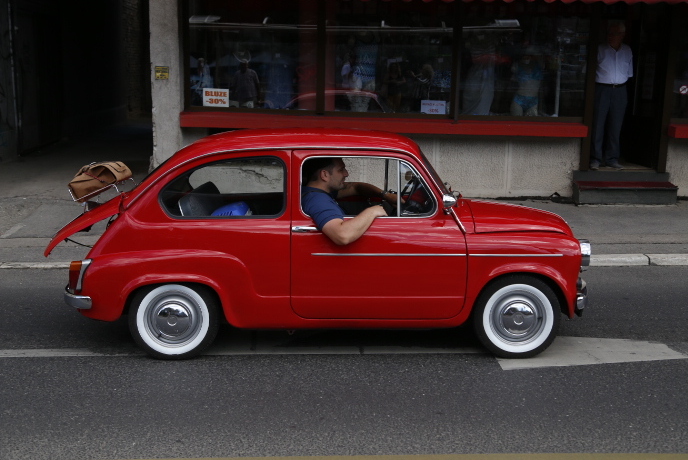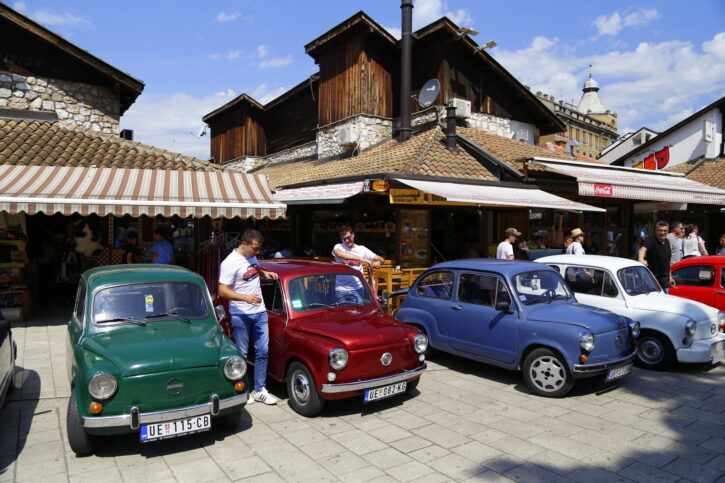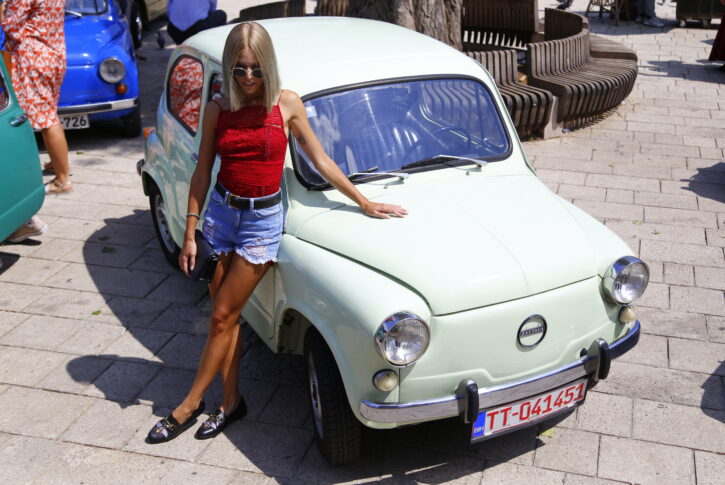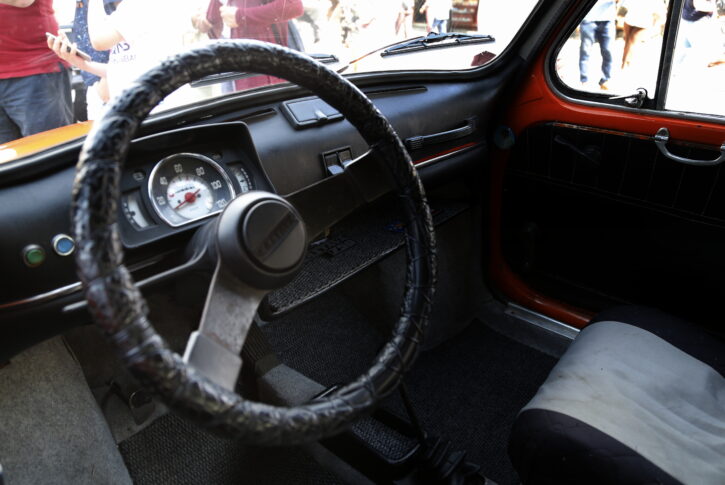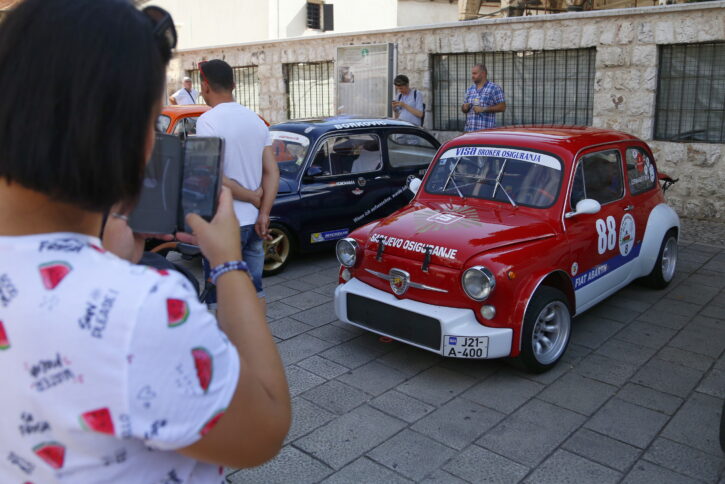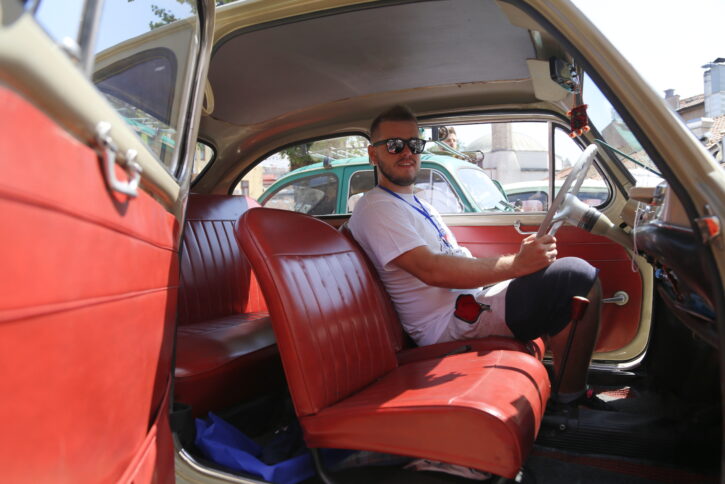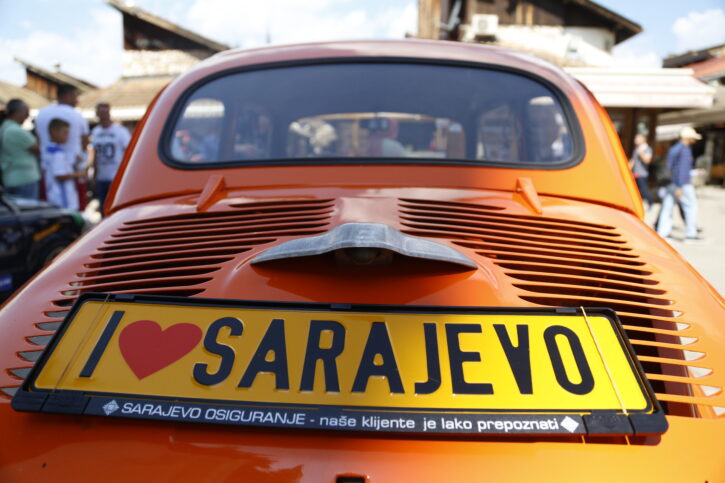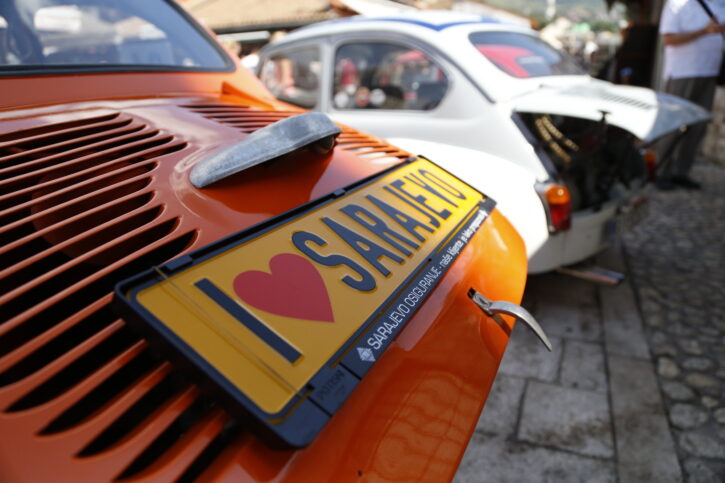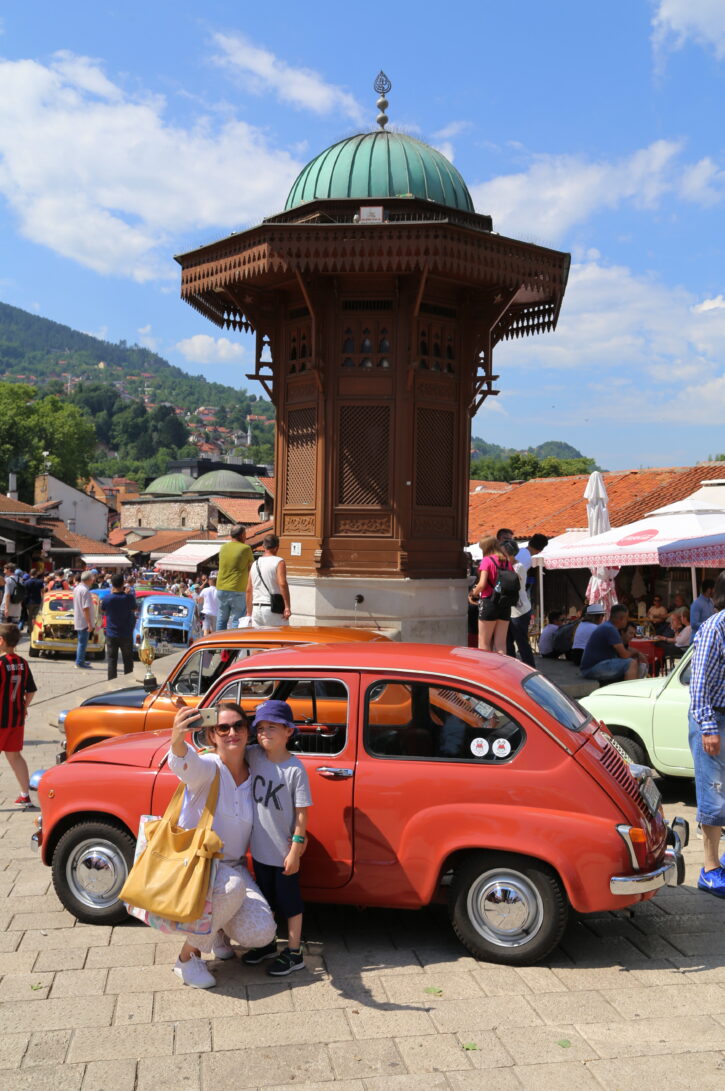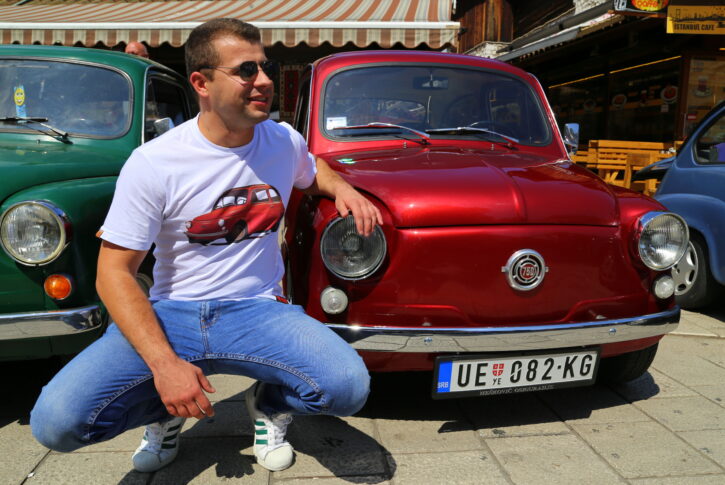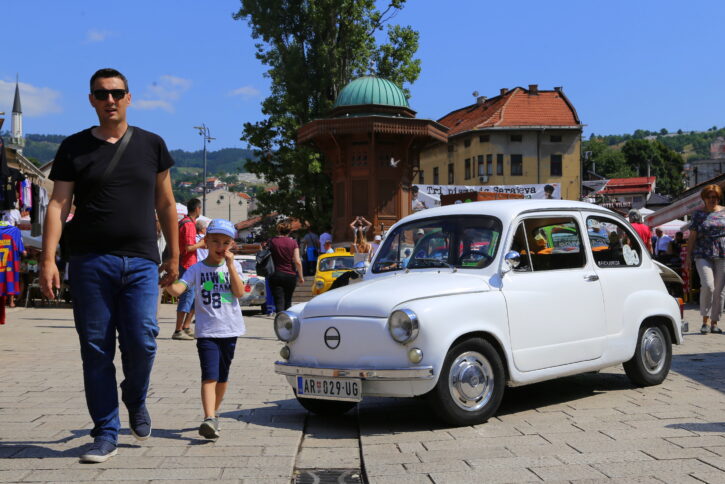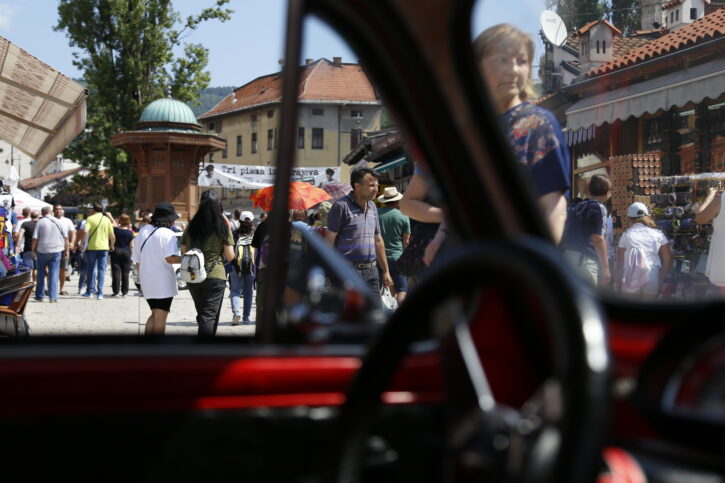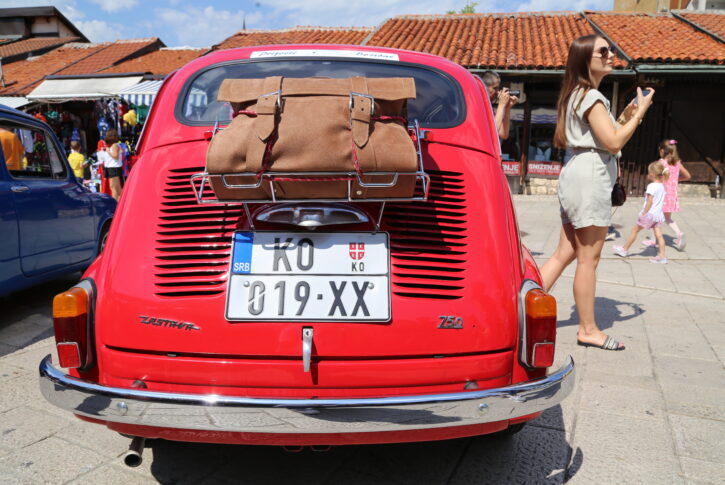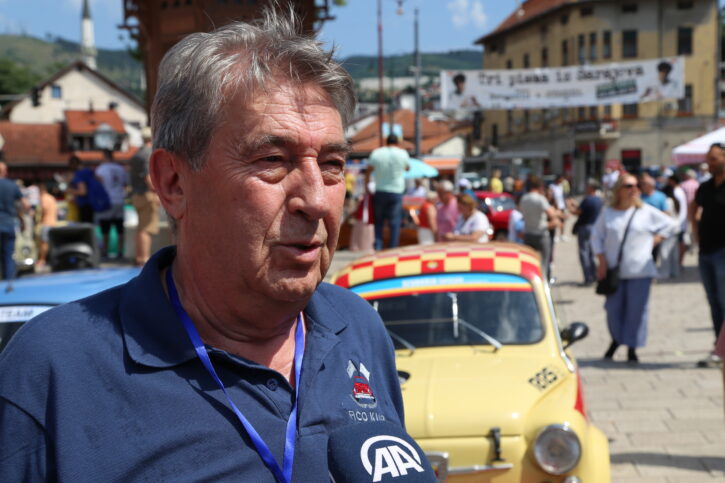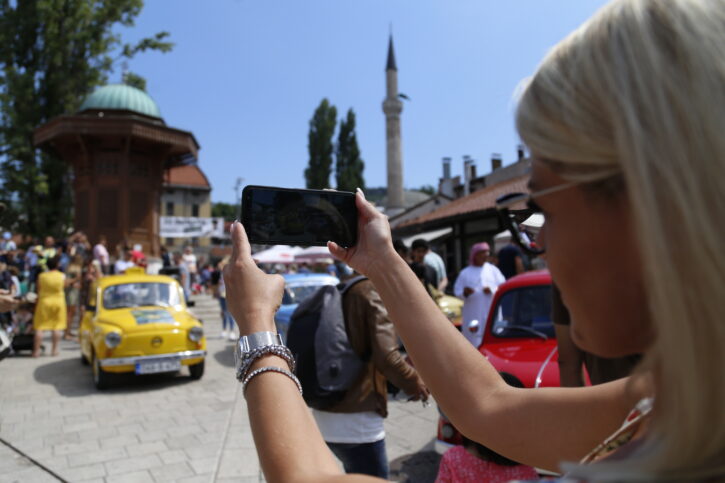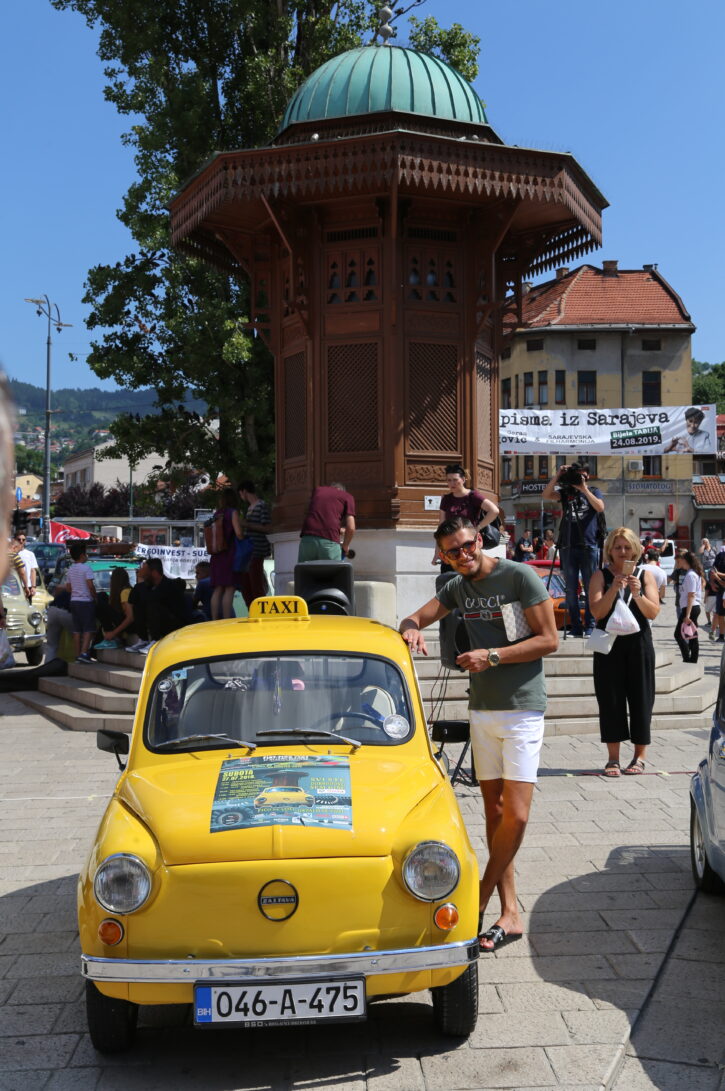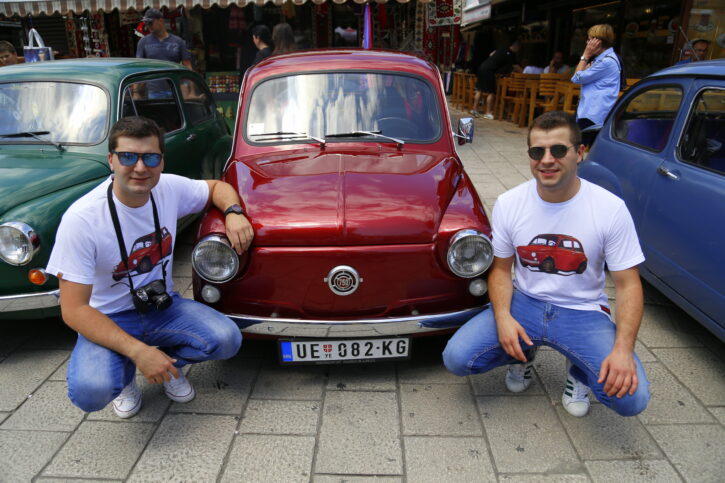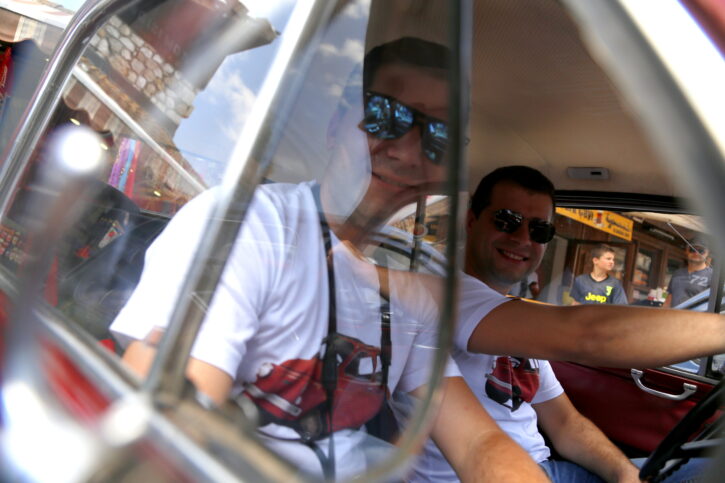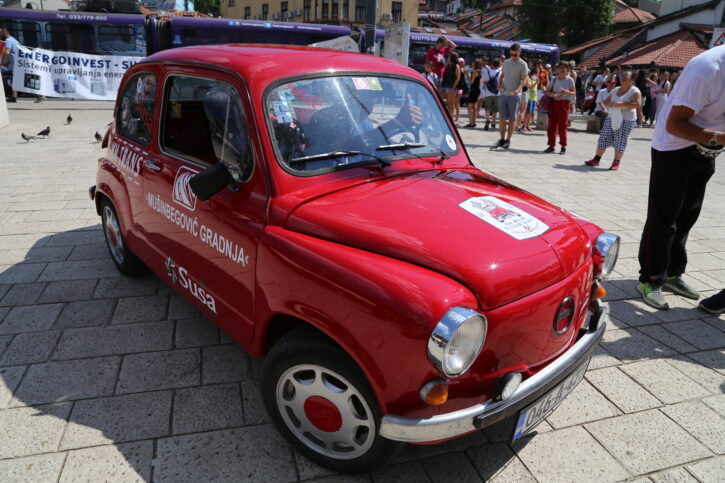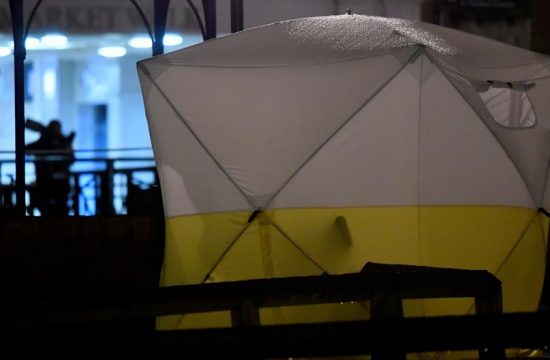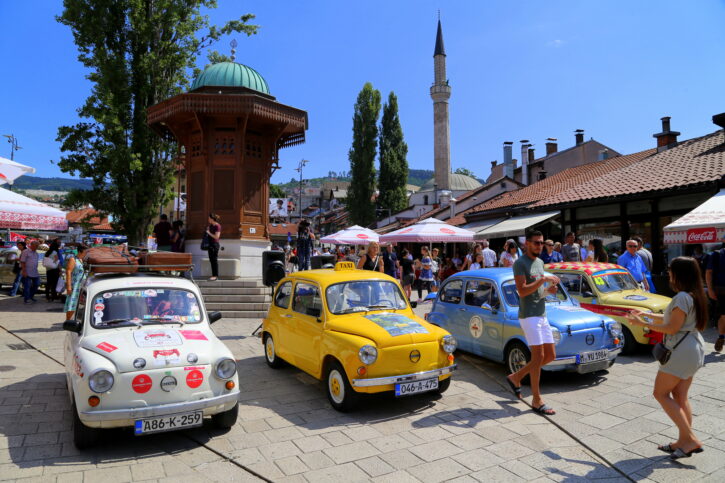
Fans of Yugoslavia's most popular Fiat model, nicknamed 'Ficho', gathered in Sarajevo on Saturday for the third annual ‘Fiat-Ficho fest.’
The small cars were displayed in the very heart of Sarajevo’s Bascarsija and drew a lot of attention from locals as well as tourists from across the world.
According to the organiser of the event, Fadil Cerimagic from the ‘Ficho-club’, Sarajevans had the opportunity to see 78 Ficho cars.
“There is no politics here, there is no economy, there is no other topic but the Ficho, screws and what parts someone might be missing,” he said.
The event also included a birthday cake in the shape of the car.
“The Ficho caused a revolution in the car industry. It was accessible, everyone could buy it,” Cerimagic said.
“It solved the basic function of transport, going to the seaside,” he said.
“That love never stopped. As students, six of us would travel in the car and with all our camping gear to the seaside,” he remembered.
There are about 400 Ficho’s on the streets in Bosnia and Herzegovina today, according to Cerimagic.
The oldest one displayed on Saturday is 51 and his owner is 21-year-old Adis Hasanovic.
Hasanovic explained that his grandfather bought the car, which was then driven by his father and now it was left to him.
Brothers Panto and Darko Neskovic drove 400 kilometres in their 1981 Ficho to attend the gathering and they said the car performed well.
“The Ficho a symbol of old Yugoslavia. We, the younger generations don’t remember that period well, but the Ficho is one of those things that remind us of good times. It is a souvenir from our childhood,” Panto said.
The Fiat 600 was first presented in 1955 at a car fair in Geneva. The Yugoslav ‘Zastava’ company then also began producing it after it secured a license. The model from the Kragujevac factory, named Zastava 750, was produced until 1985.

